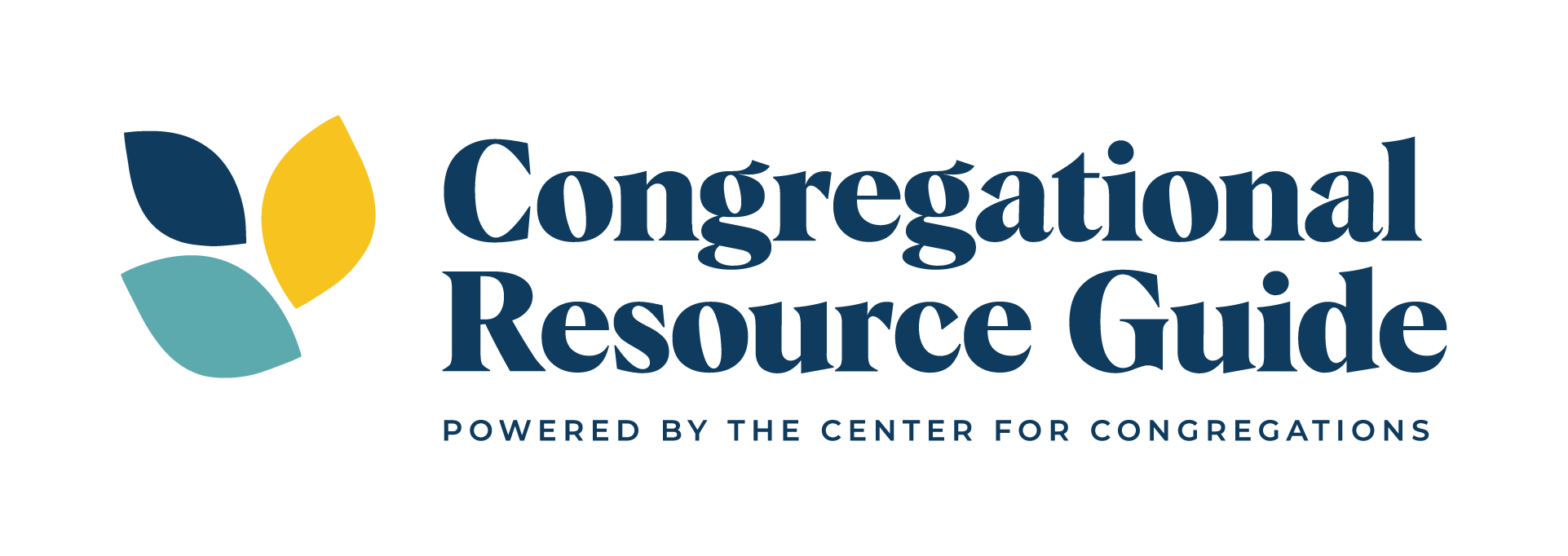As a pastor, have you earned enough pastoral capital to accomplish what you seek to do?
In seminary, my leadership professor described the importance of building capital with parishioners. We learned that if the pastor made enough hospital calls, wrote thank you notes, officiated with grace and excellence at weddings and funerals, then she or he would earn respect from congregants. Such respect meant it was more likely for congregants to say “yes” when the pastor experimented with a new idea, like changing the style of worship.
Leadership capital
In some contexts, this transactional view of getting things done is called political capital.
The phrase “political capital” refers to the way a politician builds up favor with constituents by pursuing popular legislation. This goodwill can be used to pass more risky bills while minimizing public critique of the politician.
One strength of this approach is that it often works.
One drawback to this approach is that it makes ministry a transactional contest. Clergy and laity can and should accomplish important things through more than an exchange of favors.
Is there an alternative to pursuing leadership capital?
I think there is. Rather than regarding pastoral or political capital, consider instead the dynamics of attachment. What does it look like when a congregation is securely attached to its pastor? How does a clergy person practice ministry when he or she is securely attached to the congregation?
A healthy attachment
In psychology, attachment refers to the healthy bond that forms between an infant and a parent or another caregiver. This relationship then provides the positive energy for subsequent social, emotional, cognitive and spiritual growth of the child.
In congregational life, secure attachment between clergy and congregation provides the learning environment necessary for the congregation and clergy to develop into the fullest expression of their best selves.
The relationship
In the book How Your Congregation Learns, I describe this relationship:
In the best situations, the relationship between clergy and lay leaders is characterized by a kind of affection that is unique—different from other relationships. It includes respect, but it is more than respect. It is more than the honoring of office and roles. This affection includes friendship, but it is a kind of friendship. It is not necessarily shaped by sharing of intimacies—that is, the sharing of deep secrets and wounds. This friendship is characterized by closeness that comes from sharing a common purpose. The affection that is noticeable between clergy and lay leaders in congregations that accomplish what they set out to do is exemplified by competence and character in the pursuit of common, God-focused goals. This dynamic is what brings a lay leader to tell her friend, “We just love our pastor.” This affection is what leads the clergyperson to look out from the place she stands to preach and think, “I love these people.” And it is one of the primary conditions that helps a congregation learn how to accomplish new things. (How Your Congregation Learns, page 67).
Clergy and laity do favors for one another. Give and take is a necessary leadership dynamic. Consider naming such dynamics as something other than building capital. After all, congregational endeavors aren’t ultimately about transactions that can be measured in terms of who gets what.
What you call the dynamic will change what you experience. What you experience relationally will open new opportunities for your faith community.


